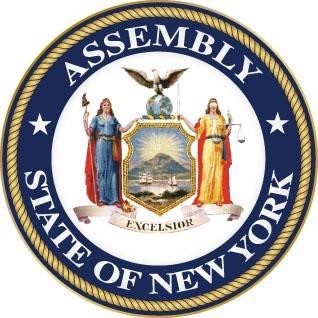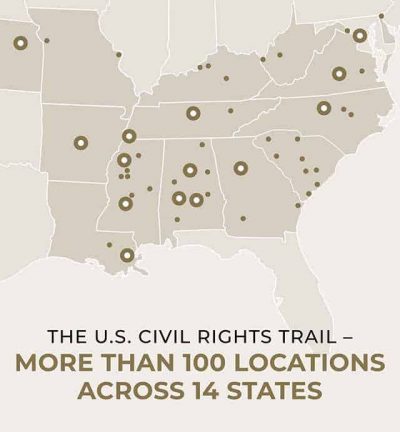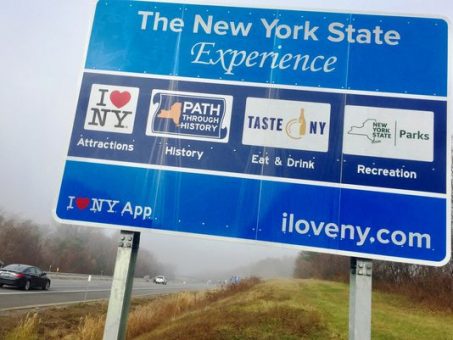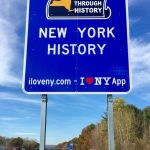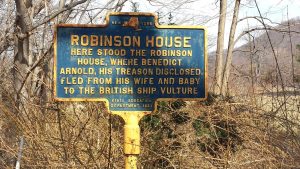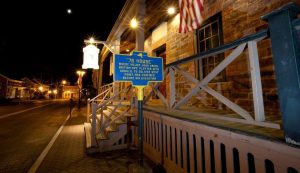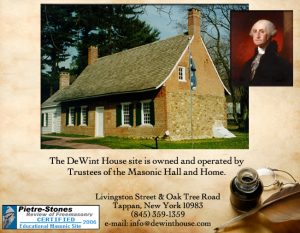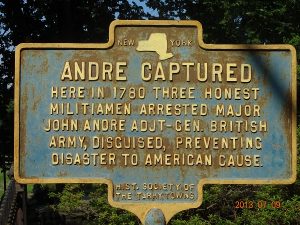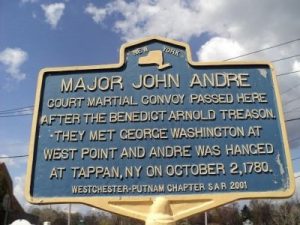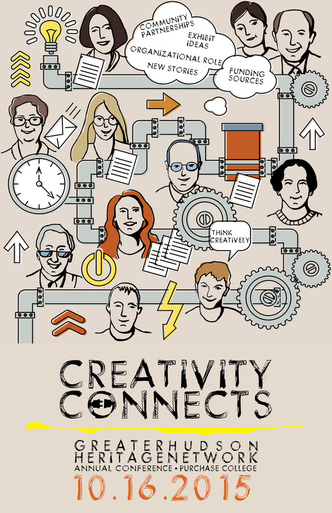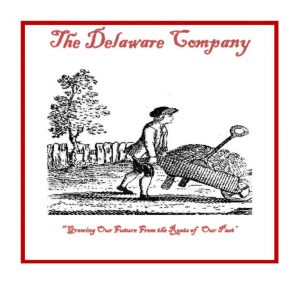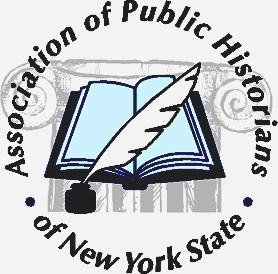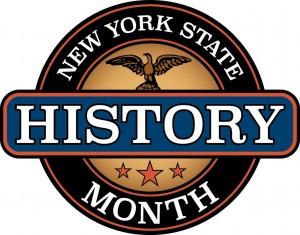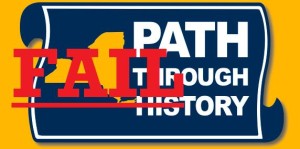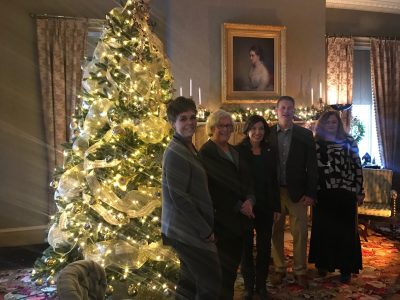
The change in governors marks a change for the New York State history community as well. While the outgoing Governor was not hostile to history he was no friend to history either. Besides specific groups or events which piqued his interest or had a connection to him, he did not display much in interest in New York State history beyond pro forma proclamations and declarations which any Governor would make. The change at the top provides a real opportunity for the history community even though it has no or minimal advocacy efforts beyond preservation at present.
CUOMO
The signature achievement of the outgoing Governor for New York State history was the Path through History project. It was launched on August 28, 2012, in Albany. I was at the event as were hundreds of other people from around the state. I even met the Governor in the Executive Mansion at a reception courtesy of Mark Schaming. At that time he was head of the New York State Museum. Now he is Deputy Commissioner of Cultural Education which includes the Museum. He also was in charge of the Path through History project back in 2012 when it was announced. But that only lasted for another two months before the project was transferred to I Love New York where it remains to this very day.
That transfer should have been a clue to what was coming. The well-meaning people in Tourism had no particular expertise in New York State history. There also were no joint committees to foster the development of state history tourism either. It is not my intention here to recap the many many blogs I wrote on the subject of the Path through history before giving up on it. Suffice it say, it became a branding logo with a website and signs. It did not create paths through history. It did not generate tourism revenue. It did not generate sales tax. It simply became another venue through which local history organizations could market programs over a few weekends just as they already did through their websites, newsletters, and press releases.
This development was very disappointing. The watchwords of the project when it began were “collaboration and cooperation.” This meant among other things that history organizations would not go it alone but would work with each other and create joint programs. This was especially critical for the smaller organizations which often failed to meet the criteria and standards of the participating organizations. Originally, the project was for the “jewels” of New York State history. This meant the large organizations that were destination sites on their own and had sufficient parking or accessibility, bathrooms, staff, and hours open for seven-day 9-5 tourists.
While the “jewel” criteria was dropped, the “cooperation and collaboration” never materialized. There was no funding set aside in the REDC process dedicated specifically to developing paths meaning multiday multisite events for a weekend or week-long program. There was no staff in I Love New York or the Office of New York State history (a euphemism for one person, Devin Lander) to develop them. In short, it remained every organization for itself with most too small do anything beyond a request for its own site.
Some organizations have tried. For example the Fort Plains Museum and Historical Park in the Mohawk Valley has an annual conference on the American Revolution along with two days of bus tours to nearby and generally small sites. It sells out. Sometimes these local sites really have to strain to schedule sufficient volunteers to handle an incoming bus of 55 adults. I mention this venture (besides having participated in it several times) because with the upcoming American Revolution 250th such paths will be precisely what are needed. For my blogs on the American Revolution 250th Commission legislation, passed but not yet signed by the Governor, see The NYS American Revolution 250th Commission: A Big Step Forward.
To summarize, a rejuvenated and well-thought out Path through History Project is one area where the new Governor can make her mark in New York State history where her predecessor failed to in a positive way. This will be critical in the coming years as the State experiences a series of anniversaries with tourism and education components that should be addressed in an organized and not piecemeal-let’s-reinvent-the wheel manner. These state-wide anniversaries requiring paths to be created include:
2024 Bicentennial of the return of Lafayette
2024 Centennial of the New York State Office of Parks, Recreation, and Historic Preservation
2024 Centennial of the Indian Citizenship Act (national)
2025 Bicentennial of Erie Canal
2027 Bicentennial of New York’s “Juneteenth,” 38 years before Texas.
These are in addition to the American Revolution 250th which will end in November 2031 for New York.
HOCHUL
The incoming Governor is far better qualified to meet the needs of the New York State history community. I say this not because she has a background in such history but because of her training in office. For the past few years she has held what is routinely regarded as a “ceremonial” position. As such she has spent a lot of time outside of Albany travelling to a multitude of local events. These events from time to time include history sites and conferences (I have seen her at some and read about her at others).
The irony is that of all the incoming governors she probably has the most contact with New York State history since Roosevelt. He was, after all, a municipal historian in addition to his other jobs. She has visited sites and met with people in the history community throughout the state.
I realize that she has a lot on her plate now. History might not seem like a high priority. Still there are a few opportunities that come to mind.
Association of Public Historians of New York State (APHNYS) – invite her to speak on-line or in person at the upcoming annual conference in September in Oswego
Museum Association of New York (MANY) – invite her to speak on-line or in person at one of the upcoming fall regional meetups
Fort Plains Museum and Historical Park – invite her to speak on-line or in person at the October 15-17 William Johnson conference.
In fact, wouldn’t that be a great setting for signing into law the American Revolution 250th Commission which the Legislature passed during New York State History Month. It would be right there in the midst of so many historical sites and nearby Indian Nations which have been designated as collaborators under the act. Much as I would like to see the signing here in the Hudson Valley where I live and which has so many American Revolution sites, we do not have an upcoming conference or so many of the Indian Nations mentioned by name in the bill nearby.
Even if the new Governor is unable to attend any of these events, it is still beneficial to notify her and the staff who actually will get the request, that the New York State history community is here and looks forward to working with her.


